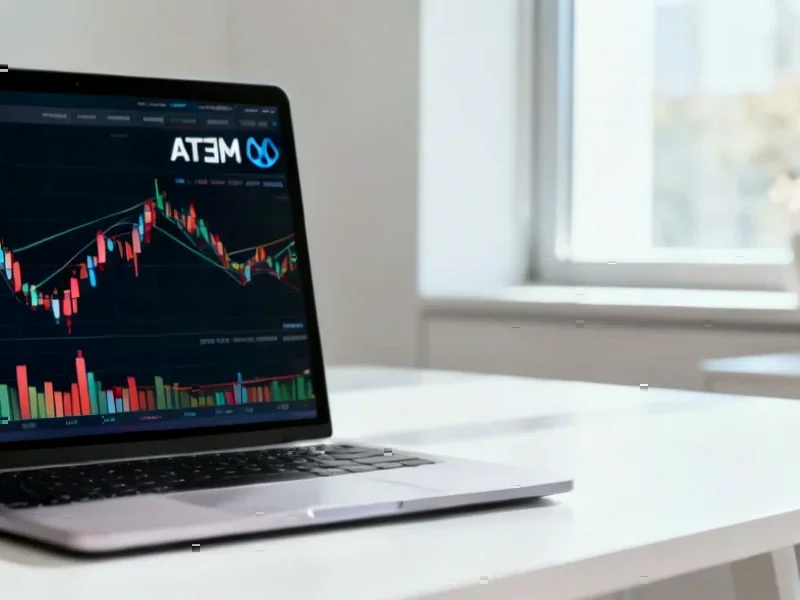According to Forbes, AT&T currently holds an above-average ranking in the DividendRank formula developed by Dividend Channel, placing it in the top 50% of dividend stocks covered. In Monday’s trading session, T shares dropped to $24.08, pushing the stock into oversold territory with a Relative Strength Index reading of 27.4, well below the 30 threshold that typically defines oversold conditions. The broader universe of dividend stocks tracked by Dividend Channel maintains an average RSI of 43.9, making AT&T’s current position notably weaker. The stock’s recent price decline has boosted its dividend yield to 4.48% based on the $1.11 annual dividend and recent $24.75 share price, potentially creating an attractive entry point for income-focused investors.
When Technical Signals Meet Business Reality
While the RSI reading below 30 traditionally signals potential buying opportunities, technical indicators alone provide an incomplete picture for a company of AT&T’s complexity. The telecom giant faces structural challenges that technical analysis doesn’t capture, including massive debt loads exceeding $130 billion, intense competition in both wireless and fiber markets, and ongoing capital expenditure requirements for 5G deployment. Historically, AT&T has struggled with execution on major acquisitions and strategic pivots, from the disastrous Time Warner purchase to the recent spinoff of WarnerMedia. Investors should question whether the current oversold condition reflects temporary market sentiment or deeper concerns about the company’s ability to navigate industry transformation while maintaining its coveted dividend.
The Dividend Sustainability Question
AT&T’s 4.48% yield appears attractive on the surface, but dividend investors must scrutinize the payout’s long-term viability. The company’s dividend coverage ratio has been under pressure, with free cash flow sometimes barely covering the dividend obligation after accounting for necessary capital investments. Management has prioritized maintaining the dividend as a key shareholder return mechanism, but this commitment comes at the cost of reduced financial flexibility. The telecom industry’s capital-intensive nature means AT&T must continually invest in network upgrades while servicing substantial debt, creating competing demands for limited cash resources. Investors should examine whether the current yield represents sustainable income or a potential value trap where the high yield masks underlying business challenges.
Market Position and Competitive Threats
AT&T operates in an increasingly competitive landscape where its historical advantages are eroding. The wireless market has become essentially a commodity business with T-Mobile and Verizon fighting for every subscriber, while cable companies like Comcast and Charter aggressively expand into mobile through MVNO arrangements. In the fiber broadband space, AT&T faces competition from both traditional cable providers and new entrants deploying next-generation infrastructure. The company’s attempts to differentiate through bundling and content have yielded mixed results, and the loss of exclusive content assets following the WarnerMedia spinoff removes a potential competitive advantage. These market dynamics suggest that AT&T’s challenges extend beyond temporary stock price weakness to fundamental competitive positioning issues.
Balancing Opportunity Against Risk
For investors considering AT&T at current levels, several factors warrant careful evaluation. The company still maintains valuable network assets and a substantial customer base, providing a foundation for recovery if management can execute effectively. However, the turnaround requires navigating multiple transitions simultaneously: reducing debt while investing in network upgrades, improving customer retention in competitive markets, and finding growth avenues beyond mature segments. The ValueForum community and other investment research platforms often debate whether AT&T represents a value opportunity or a value trap at various price points. Current investors should monitor free cash flow generation, debt reduction progress, and subscriber metrics more closely than technical indicators like RSI, as these fundamental factors will ultimately determine whether the dividend remains secure and the stock can recover from oversold conditions.




